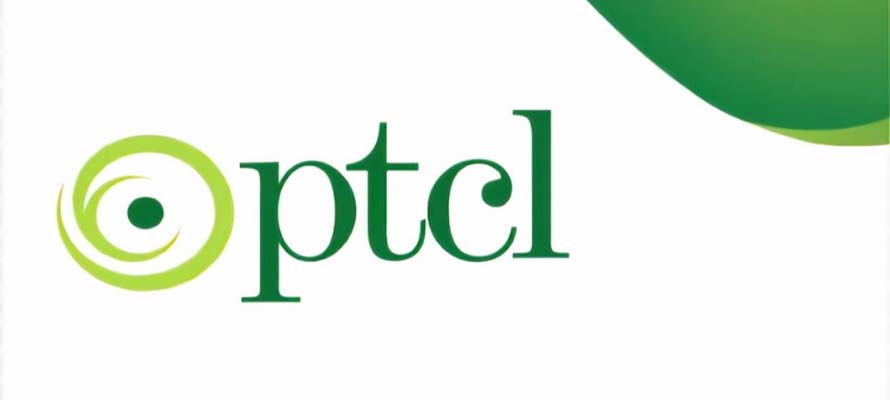July 10, 2020 (MLN): South Asia region could lose 10.77 million jobs and US$52.32 billion in GDP from the impact of COVID-19. Pakistan is no different as a policy brief by World bank estimated that the COVID-19 pandemic could lead to US$3.64 billion potential loss to Pakistan’s GDP.
Due to this pandemic, about 880 thousand jobs are at risk in the tourism sector of Pakistan, estimated by the World Bank.
The regional brief ‘COVID-19 and Tourism in South Asia’ fears that Khyber Pakhtunkhwa Province (KP) alone will likely face a loss of US$10-20 million in revenues.
The Indian tourism industry is badly hit as it is staring at a potential loss of around $43.4 billion to the GDP, showing the highest impact of COVID-19. This is followed by Bangladesh with a potential loss of $2.03 billion and Sri Lanka with $1.99 billion to the GDP.
The report identified the method to estimate which countries will need the most support to recover from COVID-19 is to assess a country’s dependence on tourism against its tourism resilience.
All countries in the South Asia Region (SAR) are in the severe supply-side risk category but only Sri Lanka has severe risk and high GDP dependency (greater than 10 percent).
Tourism, being one of priority economic sectors, Pakistan has launched the support programs for the affected enterprises to provide an agile and coordinated Covid-19 tourism response in the form of cash grants, tax rebates, bills waivers and Tourism communications or crisis task force.
Pakistan has aimed at mitigating some of the woes by addressing contamination to support the tourism industry. Repurpose supporting tourism assets for crisis operations, national carriers waiving cancellation fees and maintain cargo operations of national carriers are some of the response activities launched by the Pakistan government to help the industry which has come to a standstill.
With regards to Demand-side resilience models, World Bank Policy revealed that they are less reliable because the crisis and its impact on both destinations and their markets are changing rapidly so there is insufficient information available to make reliable predictions about which markets will return first.
What is clear is that:
• The impacts of the pandemic will likely mute the demand for travel and tourism services for at least six to nine months, and recovery will likely take twice this time.
• Domestic tourism and drive-to markets are likely to be the first to recover; and
• Intraregional travel between “COVID-19 safe zones” are likely to be the next markets that rebound after domestic travel.
Under these scenarios, countries with larger domestic markets such as India and Pakistan, and larger intraregional travel flows will likely have stronger demand-side recovery. Pakistan domestic tourists contributed 4.09 percent to Pakistan’s GDP in 2018, however, it only received 3.25 percent of all South Asia intraregional arrivals.
The report highlighted that India dominated South Asian Region’s domestic tourism spending and intraregional travel, contributing 5 percent to its GDP with flow of South Asia Intraregional Visitors of 64 percent in 2018.
Recommendations for Policy Action
Tourism policymakers across the world are responding at different rates and in different ways. However, there is general agreement on the need for two distinct phases of intervention– immediate response and recovery with a focus on retaining jobs and ensuring key businesses survive.
Policy interventions in the first phase are focused on survival and supporting the private sector to retain and sustain its workforce during a national lockdown and until demand returns.
World Bank suggested three responses here;
SME Survival
The survival of small tourism businesses and the prevention of layoffs are the immediate and critical concerns of most destinations. Initiatives, which are not unique to tourism businesses, including facilitating access to finance on favourable terms such as guarantees, subsidized loans, extended credit lines, non-collateral financing and one-time grants. Financial support for SMEs should be timebound, focused on viable or anchor businesses, and contribute to closing any gender gaps.
Crisis Communication
Delivering clear and reliable communication messages during a crisis is critical to create and maintain consumer trust. Technical assistance could be offered to small tourism businesses to create online materials showcasing consume-at-home content such as virtual tours of cultural sites, destination audio-guides, restaurant- or hotel-branded cooking recipes.
Good Governance
Reinforcing tourism governance at all levels is fundamental during a crisis. According to the report, tourism boards and destination management organizations can help ensure private sector coordination and participation in crisis governance through formal public-private dialogue mechanisms at the national and intraregional level.
Long-term Vision
Despite this crisis, World Bank says South Asia has a strong competitive position in the global tourism industry. The region’s enormous natural and cultural assets combined with strong pre-COVID domestic and intra-regional travel demand is indicative of future growth. The opportunity now is to seize this moment of calm to envision and build a more productive, resilient tourism sector that effectively addresses poverty and gender gaps and is based on strong regional collaboration and dialogue.
Copyright Mettis Link News
35712







